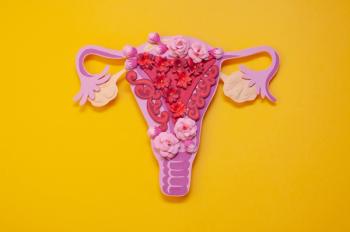
Abnormal vaginal flora may lead to preterm birth
Researchers studied data on 759 low-risk women who were between 9 and 16 weeks pregnant to investigate whether bacterial vaginosis (BV), Aerobic vaginitis (AV), and abnormal vaginal flora (AVF) in the first trimester increased the risk for preterm birth.
Yes, according to a recent study from Belgium.
Researchers studied data on 759 low-risk women who were between 9 and 16 weeks pregnant to investigate whether bacterial vaginosis (BV), aerobic vaginitis (AV), and abnormal vaginal flora (AVF) in the first trimester increased the risk for preterm birth (PTB; <37 weeks), late miscarriage (14-25 weeks), and severe preterm birth (SPTB; 25-35 weeks).
They found that women without AVF in the first trimester have a 75% lower risk for delivery before 35 weeks than women with AVF (odds ratio [OR], 0.26; 95% confidence interval [CI], 0.12-0.56). The absence of lactobacilli increased risk for PTB by almost 2.5 times (OR, 2.4; 95% CI, 1.2-4.8), for early preterm birth (EPTB; <35 weeks) by more than 6 times (OR, 6.2; 95% CI, 2.7-14), and for miscarriage by almost 5 times (OR, 4.9; 95% CI, 1.1-4.7). Coccoid AV increased the risk for EPTB by more than 3 times (OR, 3.2; 95% CI, 1.2-9.1) and for miscarriage by more than 5 times (OR, 5.2; 95% CI, 1.5-17).
Although the presence of Mycoplasma hominis in the study population was rare (1.8%), almost half (43%) of the women with the organisms delivered preterm. Colonization with Ureaplasma urealyticum, group B streptococci, or Candida albicans was not associated with PTB.
Donders GG, Van Calsteren K, Bellen G, et al. Predictive value for preterm birth of abnormal vaginal flora, bacterial vaginosis and aerobic vaginitis during the first trimester of pregnancy. BJOG. 2009;116(10):1315-1324.
Newsletter
Get the latest clinical updates, case studies, and expert commentary in obstetric and gynecologic care. Sign up now to stay informed.




















